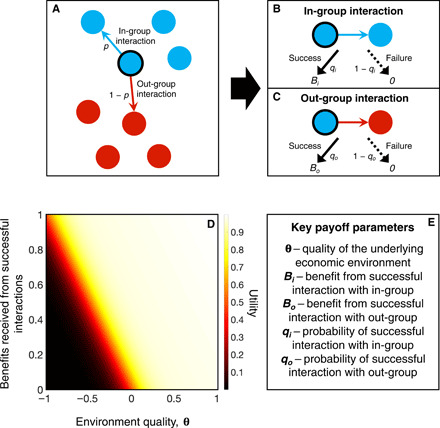Fig. 1. A simple model of diversity in social interactions.

(A) From the perspective of a focal individual (black outline), a population is divided into players who are like self (blue) and unlike self (red). Each player has a strategy such that in any given interaction, they choose either a member of the in-group with probability p (blue arrow) or the out-group with probability 1 − p (red arrow). (B) If the focal player participates in an in-group interaction, then it is successful with probability qi, generating a benefit Bi > 0. Otherwise, the interaction fails with probability 1 − qi and generates no benefit. (C) Similarly, if the focal player participates in an out-group interaction, then it succeeds with probability qo, generating a benefit Bo > 0. The interaction fails with probability 1 − qo and generates no benefit. (D) We assume that the utility or fitness for an individual from engaging in multiple social interactions follows an S-shaped curve (Eq. 1), with threshold parameter θ, which describes the quality of the underlying economic environment. When the environment quality (θ, x axis) and benefits received from social interactions (y axis) are low, utility is low (black region). When θ and/or benefits from interactions are high, utility is high (yellow region). (E) Five key parameters control the overall utility or fitness of an individual.
